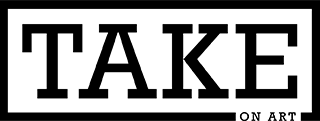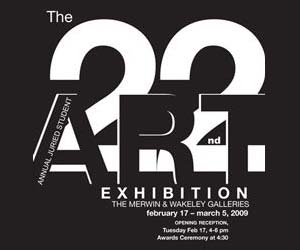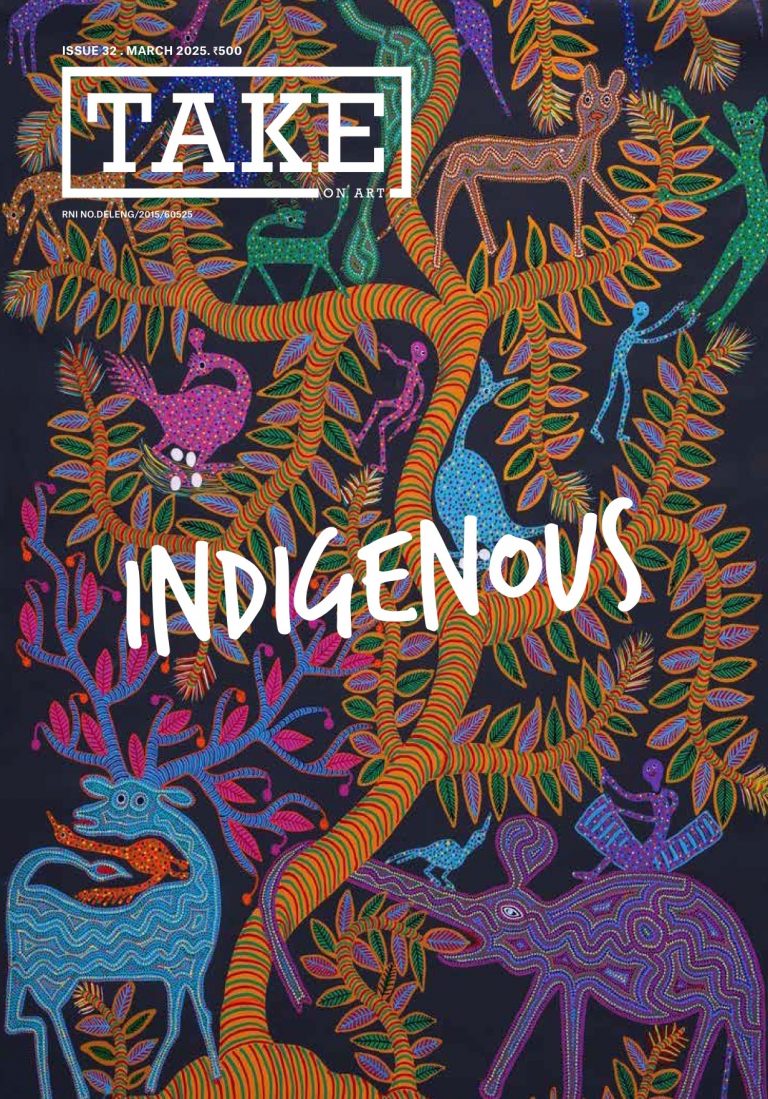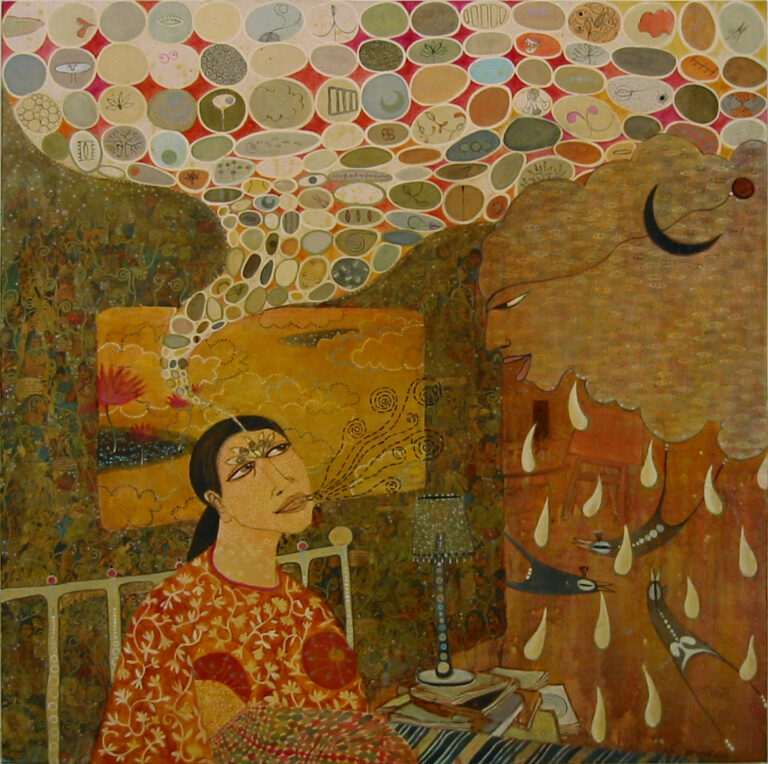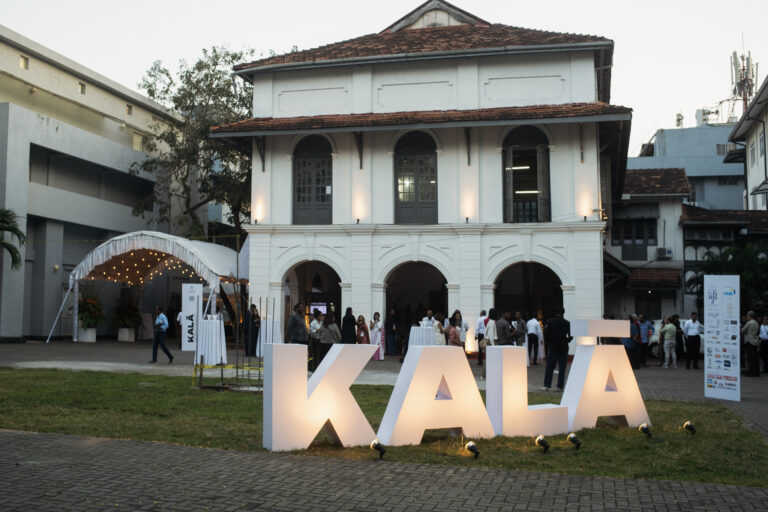This week, too, I am thinking about voice – not through the internal/external dyad, but the literal/ metaphorical one.
I am preparing for my residency production, a podcast co-conducted with Geraldine Tedder, the director of Kunsthalle Winterthur. Emails are written, meetings arranged and a slot reserved at the Bibliothek Winterthur’s recording studio for my last week in Switzerland.
It’s all so exciting: I go down to the library and learn to use the Rødecaster Pro, a podcast production console, for the first time.

For a dry run in advance of the actual recording, I power up the console, plop on the headphones, adjust the mic and decibel levels to prevent clipping. I record a bizarre mock-dialogue to test two mics and headphones and decibel levels. Hearing myself back in the empty studio is like a child playing with their imaginary friend — but these are adult producorial games.
My own voice sounds alien live, in a way that it doesn’t quite when I usually play back my remotely-recorded podcast recordings during editing. It’s somewhere between the creepy feedback echo of the online platform and the crisp raw audio file, so different from what I think I sound like, an alter ego – or an alter vox, in this case.
After awkwardly listening to my own voice in real time, I export the recording for sharing with my sound engineer, to solicit his notes on optimal recording methods. The literal playback of my voice makes me think about the metaphorical meaning of the concept.

What is a writer’s voice?
I find myself contemplating Sonya Huber’s assertion that the voices are “the engines inside us that summon and refract meaning”, and the role of vocality in developing written works. Grain, tone, volume, tenor, pitch — they each have cognates in both mediums of the podcast, where the literal vocalisation occurs, and the written text, where voice becomes a representation of the writer’s self (vox sui).

After sending off the recording, I think about how the phonemic and the graphic intersect in the form of 19th century shorthand practices — called phonography.
Before the advent of phonographs, ‘live recording’ took place through a method of writing that converted individual voices to text. While phonemes could be represented as glyphs, what about all the other elements that constitute a voice?




